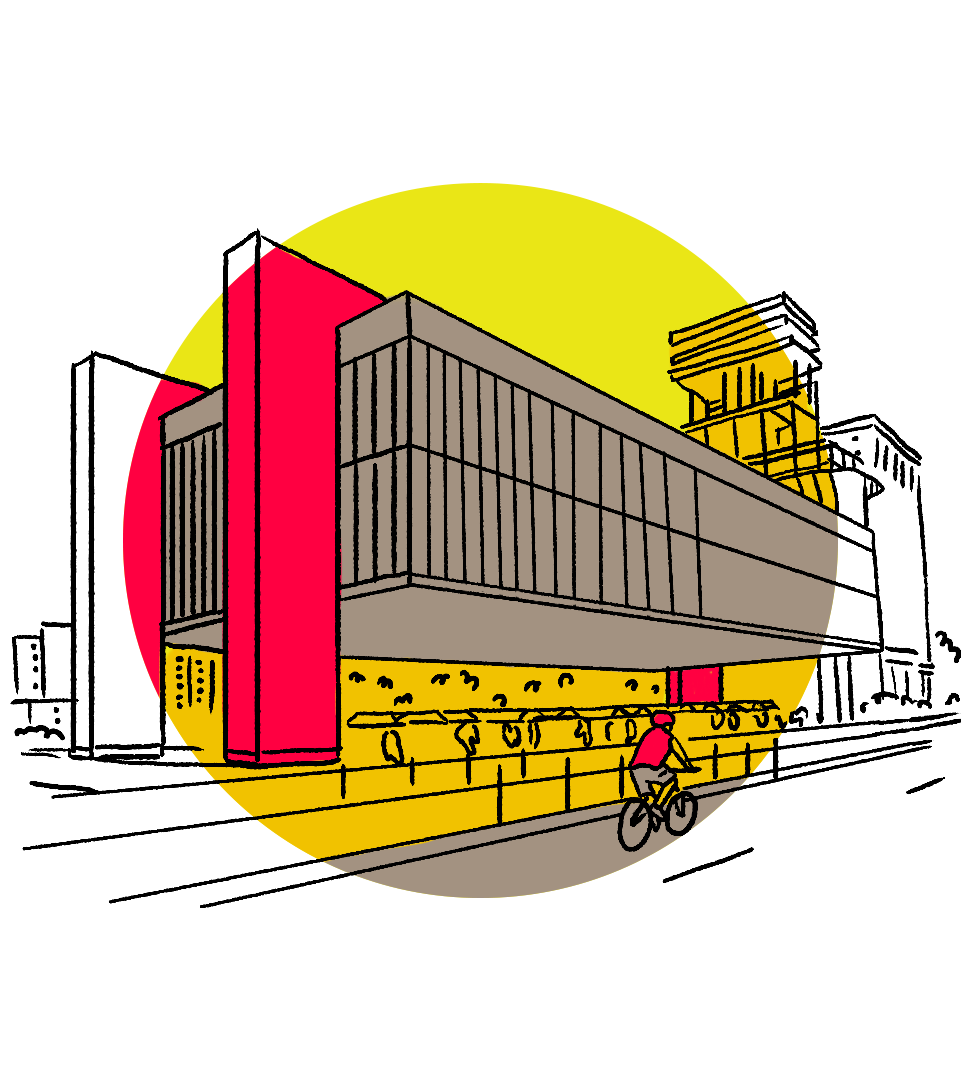A classification approach proposed by Nesta provides a framework to evaluate the contribution of Brazil’s creative industries to its economy. The UK is a useful model of the policy approach needed to unlock the sector’s full potential.
The theme of the creative industries gained attention in the late 1990s, after its widespread adoption in UK public policy as part of a search for a new dynamic of economic development to respond to the emerging globalisation process. The logic is that there is a special potential for generating economic growth in sectors that generate value through creativity, especially with the increasing importance of knowledge-based activities. Because of its pioneering role in this discussion, the British government was also the first to create a debate on what would be the main economic activities within the creative industries, through its Department of Culture, Media and Sport (DCMS). Over the years, this classification has been made more sophisticated, reflecting a growing stream of creative innovation that extends throughout the economy, in addition to activities traditionally recognised as creative industries. The work of Bakhshi, Freeman and Higgs brought a more systematic way of evaluating which sectors could be grouped as being intense in creative labour. 1 This approach assumes that the foundation of the creative sectors is creative workers. The creative sectors are therefore those in which there is a high concentration of creative professionals, in contrast with other sectors of the economy (which, although they may also employ these workers, do not employ them as a central point of value formation).
The model of creative intensity constructed around the concept of creative worker brings up the importance of analysing the economic context in which this type of worker is inserted. It is argued that creative work calibrates the process of changing the logic of mass production to the logic of a knowledge-based economy. This new economic organisation requires more cognitive and less repetitive skills from workers. 2 In the 19th century, the main occupations, in terms of jobs generated, were related to manual activities performed on machines, whereas in the 21st century, more independent analytical activities dominate.3
According to the creative intensity model, the more creative sectors are those with a higher percentage of creative workers over the total number of workers employed. Creative workers are defined as those employed in occupations that involve creation, innovation and differentiation and which are carried out based on the specific intellectual capacities of the individual worker. To identify creative workers in a concrete way, the creative intensity model translates this broad concept into five evaluation criteria.
The first criterion is the ability to engender new processes: that is, to solve problems or achieve goals in an innovative way, with the clear and frequent use of creativity. The second is to be resistant to mechanisation, in the sense that the activity cannot be performed by a machine. The third is non-repetition and non-uniformity of function. More directly, this means that each time the activity is carried out, the production process is different, depending on the specific needs and contexts of the task. The fourth criterion is the creative contribution to the value chain: that is, the worker’s performance in any sector will be innovative and/or creative. Finally, the work produces interpretation, not mere transformation. The worker really creates and innovates, not just copying, adapting or changing the shape of existing things.
In the case of Brazil, the economic structure has evolved in a different way from that of developed countries. The loss of industry participation in Brazil was not accompanied by the increase in knowledge-based sectors, but by a return to the strategy of specialisation in activities based on natural resources4,which led to a predominantly low-qualification occupational structure.5 In such conditions, it is common to expect that the dynamics of the creative sectors depend on strong public policies.
Applying the criteria of the creative intensity model to the Brazilian case, we could, in a non-exhaustive way, list some economic activities that stand out according to the Itaú Cultural Observatory Dashboard created based on the concept of creative intensity: architecture; scenic and visual arts; craft activities; cinema, television, music and broadcasting; editorial; design; fashion; museums and heritage; advertising and information technology. For instance, broadcast television (61.7 per cent), radio diffusion activities (61.6 per cent), content programmer to audiovisual (60.6 per cent), software (60.6 per cent) and advertising (50 per cent). In other spheres the activities manifesting creative intensity are found in craft (47 per cent), publishing (37 per cent), theatre (27 per cent), newspapers (23 per cent) and photography (22 per cent).
According to the Dashboard, creative workers amounted to 4.4 million people in the first quarter of 2020, with 2.6 million of these working in the creative sectors and the remaining 1.8 million distributed in other sectors of the economy, applying their creativity to the provision of products and services. In the creative sectors, there are 2.4 million support workers, who are not themselves responsible for creativity but assist in the execution of activities. Combining the employees in the creative sectors with the creative workers who work outside them, the creative economy provides a total of 6.9 million jobs in Brazil today (8 per cent of the total).
In the context of severe economic crisis in Brazil, looking at creative labour intensity is fundamental, not only because of the amount of jobs currently generated, but also because of the potential to spread innovation and catalyse new markets and internal and external businesses. The cultural and creative sectors can play an important role in reviving the country’s economic growth and development based on new, 21st century paradigms. However, as in England – the model of liberalism – in the early 1990s, a modern programme of education, investment in culture (as the core of the creative industries), cutting red tape for innovation and massive investment in science and technology is essential. All of this requires mediation and planning of modern, clear and strategic public policies, which, by clarifying, can lead the country to be a protagonist of the 21st-century global economy and society.
Itaú Unibanco and culture in Brazil
Itaú Unibanco has a long tradition of supporting art and culture in Brazil. Whether through the Itaú Cultural Institute, the Itaú Cinema, the keeping and maintaining of the largest corporate art collection in Latin America, or through sponsorship projects across the country, the institution has historically supported artistic production because it believes in the power of culture for the transformation of society and the strengthening of citizenship.
In 2019 alone, the group invested BRL 248 million (US$63 million) in cultural projects. Of this, approximately BRL 127 million (US$32 million) was invested with the group’s own resources. The rest, around BRL 121 million (US$31 million), was executed through the Culture Incentive Law, making Itaú Unibanco the group that invested the most in Brazil in projects through this incentive in the year. Adding resources for educational, sports, health, urban mobility and other projects, the group’s private social investment reaches about BRL 800 million (US$203 million).
| ↑1 | media.nesta.org.uk/documents/a_dynamic_mapping_of_the_creative_industries.pdf |
|---|---|
| ↑2 | C. Goldin; L.F. Katz, ‘The Origins of Technology-Skill Complementarity’, The Quarterly Journal of Economics, v. 113, n. 3 (1998): 693–732. |
| ↑3 | https://www.nber.org/system/files/working_papers/w18715/w18715.pdf |
| ↑4 | J.G. Palma, ‘Four Sources of “De-industrialisation” and a New Concept of the “Dutch Disease”’, in: J.A. Ocampo (ed.), Beyond Reforms: Structural Dynamics and Macroeconomic Vulnerability (Washington: ECLAC, 2005), 71–116. |
| ↑5 | C.S. Dedecca, Notas Sobre a Evolução do Mercado de Trabalho no Brasil, Revista de Economia Política, v. 25, n. 1 (2005): 113–130. |








